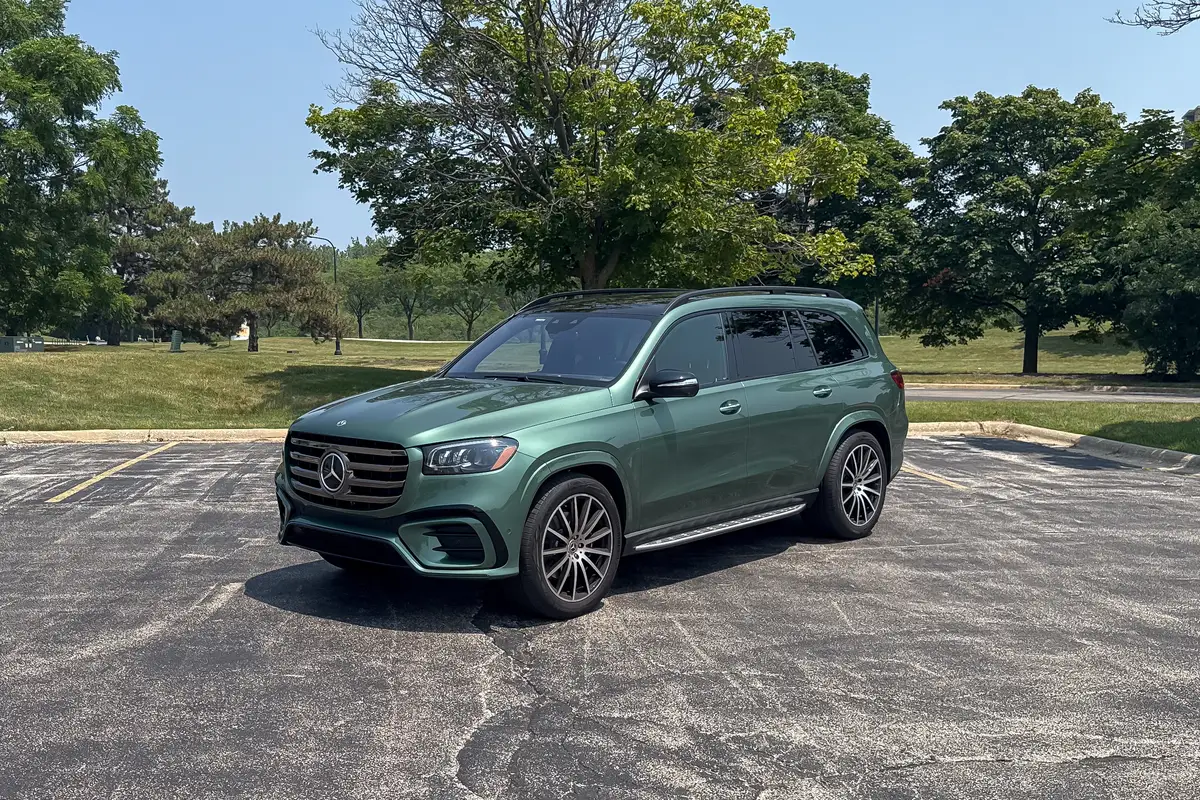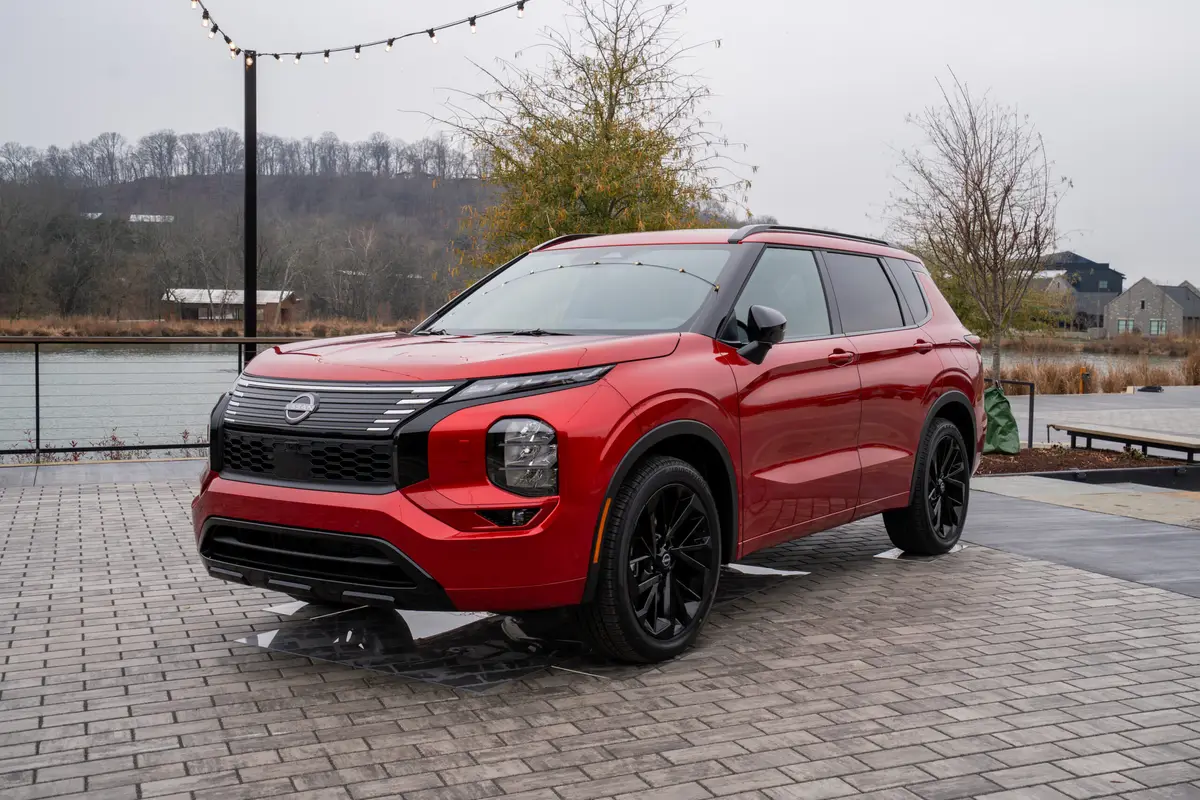washingtonpost.com's view
He has GAPS — the Great American Potency Syndrome — the desire to have more than you need just in case you need it even though you’ll never need it.
That’s why Billy can’t understand the concept of a Honda CR-V sport-utility wagon. It’s that and the fact that he’s a Texan — a real man, scratch, scratch. Real men drive trucks. They don’t drive stuff like the Honda CR-V, which isn’t a truck.
Billy says you can’t take the Honda CR-V off-road, and he’s mostly right. The CR-V is not a Land Rover. Nor is it a Jeep or a Toyota 4Runner — all of the above are sport-utility trucks designed for rugged off-road use.
The CR-V, introduced in 1997, is a relatively small hybrid car-truck, built to operate more like a car, though it does have four-wheel-drive capability that can be useful in inclement weather and in mild off-road applications. Thus, it’s perfect for the transportation needs of most American families.
Take my nephew Billy, for example. He last went off-road when he was in the Navy — and his ship didn’t have four-wheel drive. He spends his weekends hunting in shopping malls or running errands for his lovely wife, Gigi, or hauling stuff back and forth for his church.
But he can’t get this truck idea out of his Texas head, which is too bad, because he’s living in the city, and a truck isn’t what he needs.
So, if you’ll pardon me, I’d like to make a direct appeal to my nephew and to common sense: Yo, bro! Get the Honda CR-V. Here’s why:
At a starting price of $18,350 and a high of $21,050 — for standard models, no options — it is a heck of a lot less expensive than that Toyota 4Runner you love, which will set you back at least $25,000.
The CR-V has four-wheel drive. Okay, so you don’t do manly stuff like pulling a lever or locking the hubs to get it into four-wheel-drive mode. Big whoop. It’s completely automatic, bro — “Real-Time 4WD” is what Honda calls it. Under normal conditions, which is how you usually drive, most of the power goes to the front wheels. But on slippery roads, the power automatically splits between the front and rear wheels to keep you on the straight and narrow.
And the engine is pretty cool, too — a 2-liter inline four-cylinder job that produces 126 horsepower at 5,400 rpm and 133 pound-feet of torque at 4,300 rpm.
And you know how Gigi worries about tipping over in one of those sport-utility things. Well, hey, she doesn’t have to fret about that in a CR-V — not much, anyway.
The CR-V comes with a four-wheel, double-wishbone suspension system. That means it will remain stable on the road as long as you remain stable behind the wheel. And should you desire to traverse a slightly rocky path — no really rough stuff, remember — the CR-V has 8.1 inches of ground clearance to help you get through that unlikely event.
Am I leaving anything out? Hmm. Oh, yeah, the CR-V is a four-door, four-passenger vehicle that can accommodate a baby seat.
1998 Honda CR-V
Complaint: Four-cylinder does not mean fuel-sipper for the CR-V. The thing swallows gas. Blame it on the automatic four-wheel drive. You’ve got to pay for that convenience somewhere. You pay at the pump.
Praise: Though less fuel-efficient than I would’ve expected, the CR-V is more economical to operate than traditional sport-utility vehicles. It’s also built extremely well.
Ride, acceleration and handling: Very pleasant all the way around. No eye-popping, heart-throbbing surprises good or bad. Very even overall performance. Good brakes — power front discs and rear drums with optional antilock backup in the test car.
Head-turning quotient: Women responded more favorably to its design than men. (You want peace, Billy? Make Gigi happy.)
Mileage: About 19 miles per gallon, combined city and highway. Fuel tank holds 15.3 gallons of regular unleaded gasoline. Estimated driving range is 285 miles on usable volume of fuel.
Safety: Good with in rea on. Higher ground clearance means higher center of gravity, which generally means a greater tendency to tip over if driven recklessly, or if it is involved in a crash. Use caution. Dual front air bags, side-impact barrier beams and lap-shoulder belts are standard safety fare. Buckle those belts!
Capacities: Seats four comfortably. Cargo volume is 29.6 cubic feet with the rear seats down and 67.2 with rear seats up. Can be equipped to tow up to 1,000 pounds.
Sound system: Four-speaker AM-FM stereo radio and cassette installed by Honda. Okay.
Price: Base price for the tested 1998 Honda CR-V LX with five-speed manual transmission is $18,750. Dealer invoice price on that model is $17,014. Price as tested is $20,145, including an estimated $1,000 in options and a $395 destination charge.
Purse-strings note: Compare with the Toyota RAV4, Subaru Forester, Kia Sportage.
Latest news



